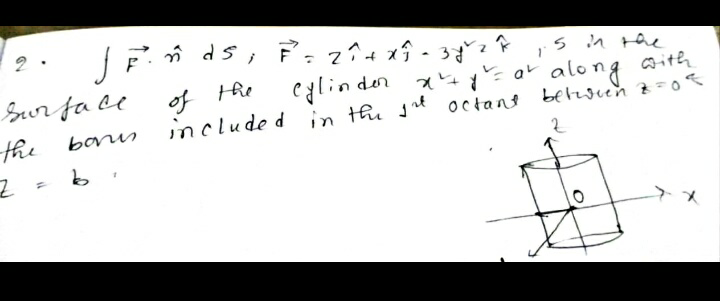
AllQuestion and Answers: Page 1827
Question Number 27578 Answers: 0 Comments: 1
Question Number 27577 Answers: 0 Comments: 0
Question Number 27594 Answers: 0 Comments: 1
Question Number 27568 Answers: 1 Comments: 0
Question Number 27567 Answers: 0 Comments: 0
Question Number 27564 Answers: 0 Comments: 4

Question Number 27563 Answers: 0 Comments: 0
Question Number 27561 Answers: 0 Comments: 1
Question Number 27559 Answers: 2 Comments: 1
Question Number 27547 Answers: 0 Comments: 0
Question Number 27538 Answers: 0 Comments: 0

Question Number 27536 Answers: 0 Comments: 0
Question Number 27531 Answers: 0 Comments: 5
$$\sqrt{\mathrm{1}−\mathrm{cos}\:\theta/\mathrm{1}+\mathrm{cos}\:\theta}=? \\ $$
Question Number 27530 Answers: 0 Comments: 0
Question Number 27525 Answers: 1 Comments: 1
$${x}=\mathrm{7}×\mathrm{4}\sqrt{\mathrm{3}\:}{thenx}+\mathrm{1}/{x}=? \\ $$
Question Number 27524 Answers: 1 Comments: 0
Question Number 27520 Answers: 0 Comments: 0

Question Number 27539 Answers: 2 Comments: 1

Question Number 27517 Answers: 0 Comments: 0

Question Number 27557 Answers: 0 Comments: 1
Question Number 27514 Answers: 1 Comments: 0
Question Number 27513 Answers: 1 Comments: 0
Question Number 27555 Answers: 0 Comments: 0

Question Number 27507 Answers: 1 Comments: 4
Question Number 27503 Answers: 1 Comments: 0
Question Number 27502 Answers: 0 Comments: 1
Pg 1822 Pg 1823 Pg 1824 Pg 1825 Pg 1826 Pg 1827 Pg 1828 Pg 1829 Pg 1830 Pg 1831
